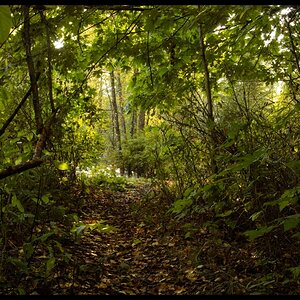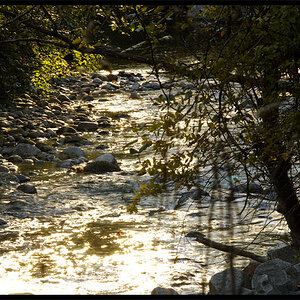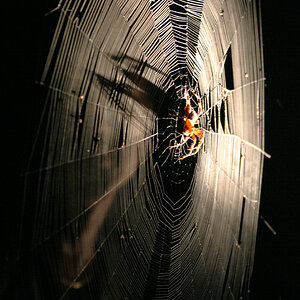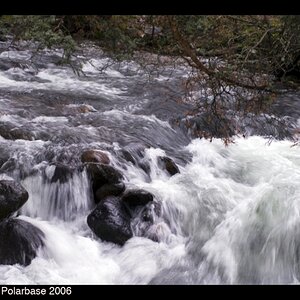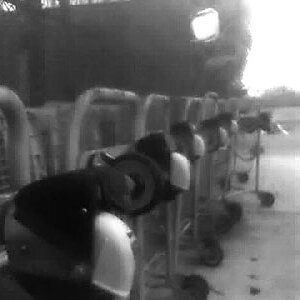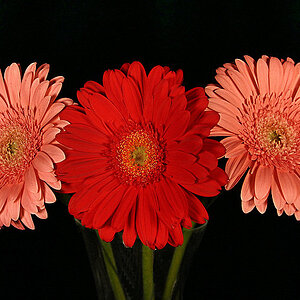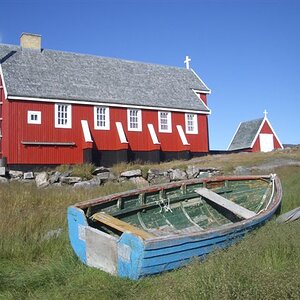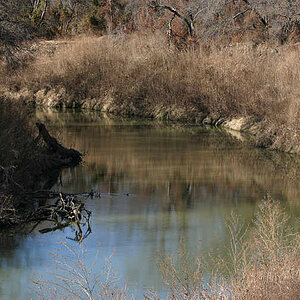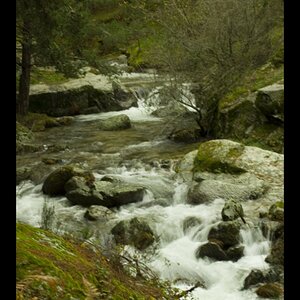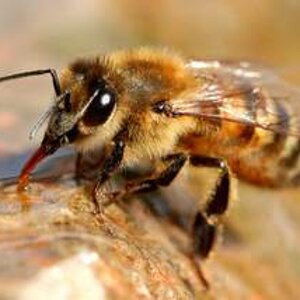idcanyon
No longer a newbie, moving up!
- Joined
- Sep 15, 2015
- Messages
- 140
- Reaction score
- 76
- Location
- Idaho, USA
- Can others edit my Photos
- Photos NOT OK to edit
My middle boys have no had some photography classes and are into it right now. I'm enjoying that. We camped out to shoot some stars on Saturday night.
One of my favorites, but I'm biased.
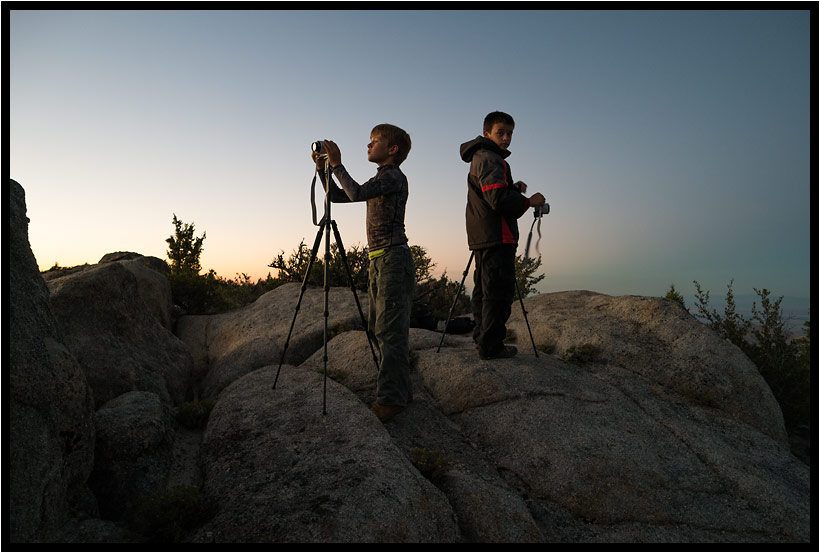

30 sec @ f/2.8, 8mm, ISO 3200.
The other end of the Milky Way coming down over the city. Not really an interesting composition, but I like the juxtaposition of the stars over the city from which they mostly cannot be seen. This is Boise, Idaho.

30 sec @ f/2.8, 8mm, ISO 3200.

30 sec @ f/2.8, 28mm, ISO 3200. 30 seconds is getting a bit too long for 28mm. And the zoom lens lacks corner sharpness wide open. I want to go back and try this again with a different lens. I also brought my 3 year old. He woke up, got cold, was clingy, and didn't allow me to do much more.
One of my favorites, but I'm biased.


30 sec @ f/2.8, 8mm, ISO 3200.
The other end of the Milky Way coming down over the city. Not really an interesting composition, but I like the juxtaposition of the stars over the city from which they mostly cannot be seen. This is Boise, Idaho.

30 sec @ f/2.8, 8mm, ISO 3200.

30 sec @ f/2.8, 28mm, ISO 3200. 30 seconds is getting a bit too long for 28mm. And the zoom lens lacks corner sharpness wide open. I want to go back and try this again with a different lens. I also brought my 3 year old. He woke up, got cold, was clingy, and didn't allow me to do much more.


 Today, we can start them out with a camera that's has as much or more processing power in it as the first satellites we sent into space.
Today, we can start them out with a camera that's has as much or more processing power in it as the first satellites we sent into space.